In the unforgiving expanse of desert ecosystems, where water is a currency more precious than gold, the camel stands as a monumental testament to evolutionary ingenuity. While its hump and renowned ability to survive long periods without drinking are the stuff of common knowledge, the true marvel of its hydration mastery unfolds at a scale invisible to the naked eye: within the very cells that constitute its being. The camel’s legendary resilience is not merely a product of storage but a sophisticated symphony of cellular-level water conservation mechanisms, a biological masterpiece forged by millions of years of adaptation to extreme aridity.
The journey of water conservation begins with a fundamental cellular challenge: maintaining integrity and function amidst severe dehydration. For most mammals, a significant loss of body water leads to catastrophic cell shrinkage, the collapse of vital structures, and the concentration of solutes to toxic levels. The camel’s cells, however, have evolved a remarkable resistance to these effects. Their cellular membranes exhibit a unique composition of lipids and proteins, granting them exceptional flexibility and stability. This allows the cells to withstand the dramatic changes in volume and osmotic pressure that would rupture or cripple the cells of other animals. It is a first, crucial line of defense, ensuring that the architecture of life remains intact even as the body’s water reserves dwindle.
Central to this cellular fortitude is the role of a special class of proteins known as aquaporins. These proteins form channels embedded in the cell membrane, acting as highly selective gatekeepers for water molecules. In the camel, certain aquaporins are not only more abundant in key tissues like the kidneys and intestines but are also exquisitely regulated. Their activity can be finely tuned in response to the animal’s hydration status. When water is scarce, these channels can become more efficient, facilitating the maximum reabsorption of water from filtrates in the kidney back into the bloodstream, ensuring that not a single precious molecule is wasted. This precise molecular control transforms every cell into an active participant in the body’s water economy.
Perhaps one of the most fascinating cellular adaptations involves the camel’s red blood cells. Unlike the biconcave, rigid discs found in humans, camel erythrocytes are oval and possess a much more elastic membrane. This singular morphology is a masterstroke of evolution. As the camel becomes dehydrated, its blood plasma volume decreases, and the blood thickens. In another animal, this would lead to dangerously increased viscosity, impairing circulation and causing cardiovascular strain. The camel’s supple oval blood cells, however, can deform and continue to flow smoothly through constricted capillaries, ensuring that oxygen delivery to tissues remains unimpeded even under the stress of severe dehydration. This unique cellular design is a critical adaptation that prevents circulatory collapse during the most taxing periods of water scarcity.
At the biochemical heart of cellular water retention lies a humble molecule: trehalose. This sugar, found in elevated concentrations within camel cells, acts as a potent compatible osmolyte and stabilizer. As water leaves the cell during dehydration, the internal environment becomes increasingly concentrated with salts and minerals, which can denature proteins and destroy enzymes. Trehalose steps in to counteract this threat. It interacts with proteins and cellular membranes, protecting them from denaturation and aggregation. It effectively mimics the hydration shell that water molecules form around proteins, preserving their three-dimensional structure and function. By maintaining enzymatic activity and protein integrity in a desiccated state, trehalose allows the camel’s metabolism to continue operating, albeit at a reduced rate, waiting patiently for the next opportunity to rehydrate.
The story of cellular adaptation extends to the process of rehydration itself, which presents its own set of dangers. For a severely dehydrated animal, consuming a large volume of water rapidly can be lethal. The sudden influx of water into the bloodstream would cause the osmotically vulnerable red blood cells of most mammals to swell and burst, a phenomenon known as hemolysis. The camel’s uniquely shaped and resilient erythrocytes are once again its salvation. Their sturdy membrane can withstand the massive osmotic shock, allowing the camel to drink staggering amounts of water—often over 100 liters in just ten minutes—without any ill effects. This ability to recover almost instantly from extreme dehydration is the final, dramatic act in a cellular play written over eons, showcasing a system perfectly honed for survival in the harshest of climates.
In conclusion, to view the camel simply as a beast of burden with a built-in canteen is to overlook one of nature’s most profound biological narratives. Its true secret does not lie in a single organ but is woven into the fabric of its cellular existence. From flexible membranes and intelligent water channels to uniquely shaped blood cells and protective sugar molecules, every cell is a fortress of conservation. The camel’s body is a holistic, integrated system where macro-level adaptations are supported by microscopic miracles. It is a powerful reminder that the most extraordinary solutions to environmental challenges are often found in the smallest details of life, a testament to the relentless and ingenious power of evolution.
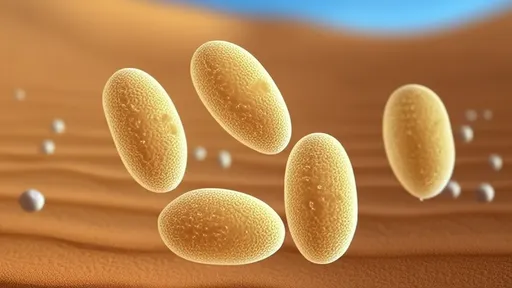
By /Aug 21, 2025
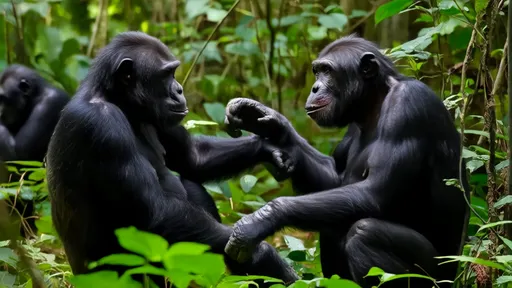
By /Aug 21, 2025
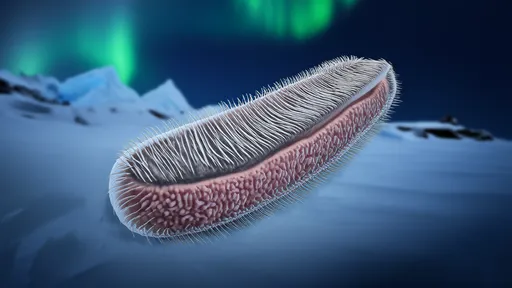
By /Aug 21, 2025
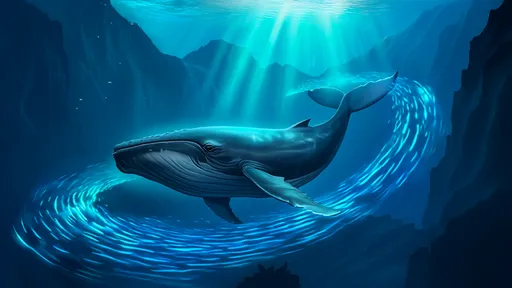
By /Aug 21, 2025

By /Aug 21, 2025
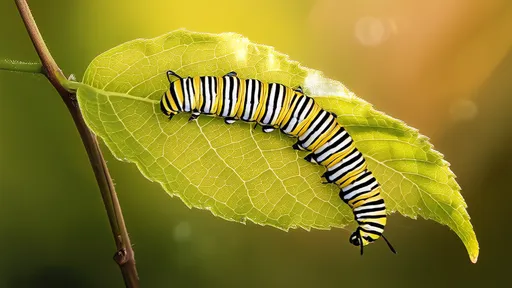
By /Aug 21, 2025

By /Aug 21, 2025
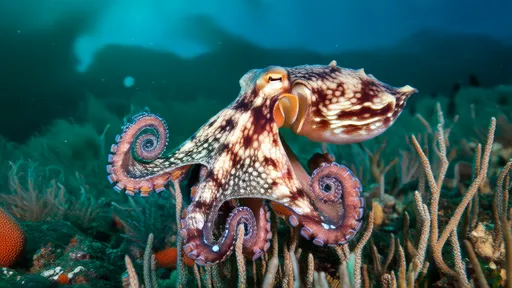
By /Aug 21, 2025
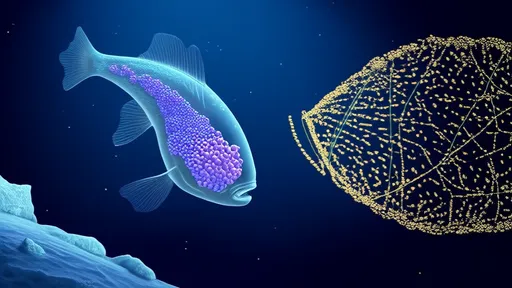
By /Aug 21, 2025
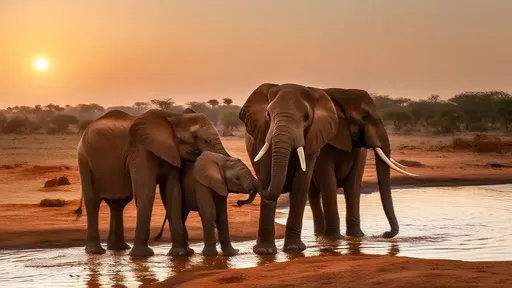
By /Aug 21, 2025
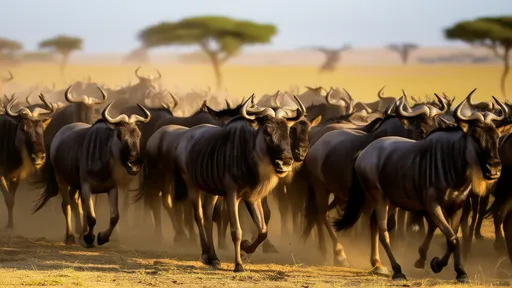
By /Aug 21, 2025
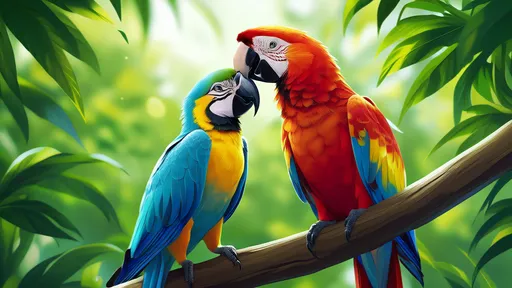
By /Aug 21, 2025

By /Aug 21, 2025
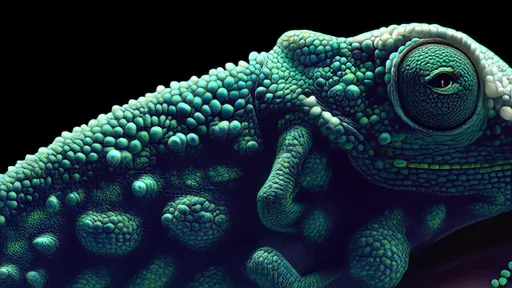
By /Aug 21, 2025
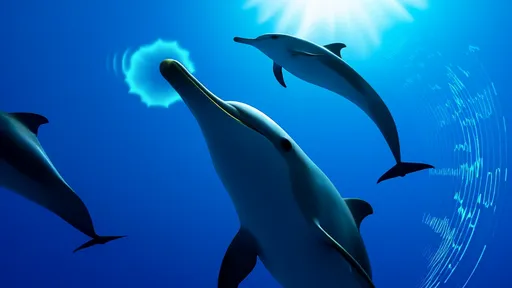
By /Aug 21, 2025

By /Aug 21, 2025
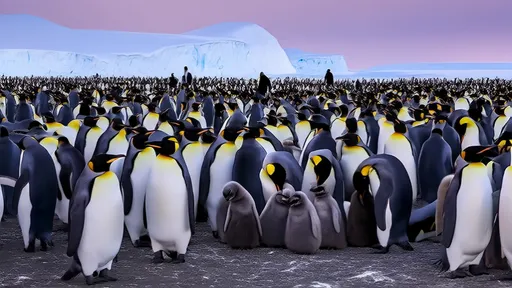
By /Aug 21, 2025
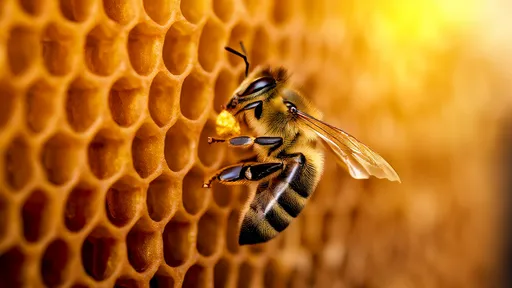
By /Aug 21, 2025
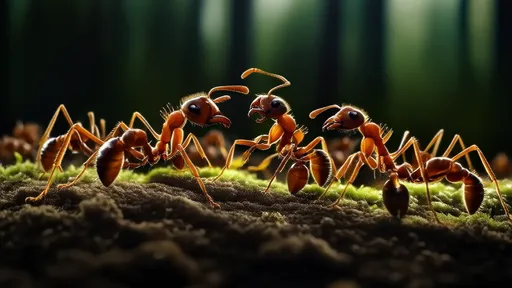
By /Aug 21, 2025
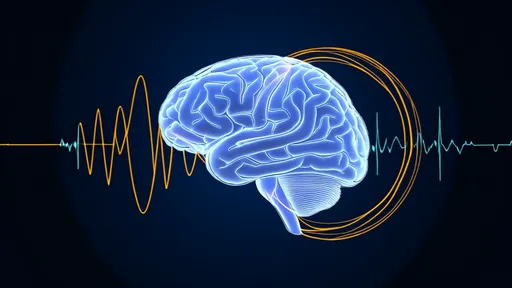
By /Aug 21, 2025